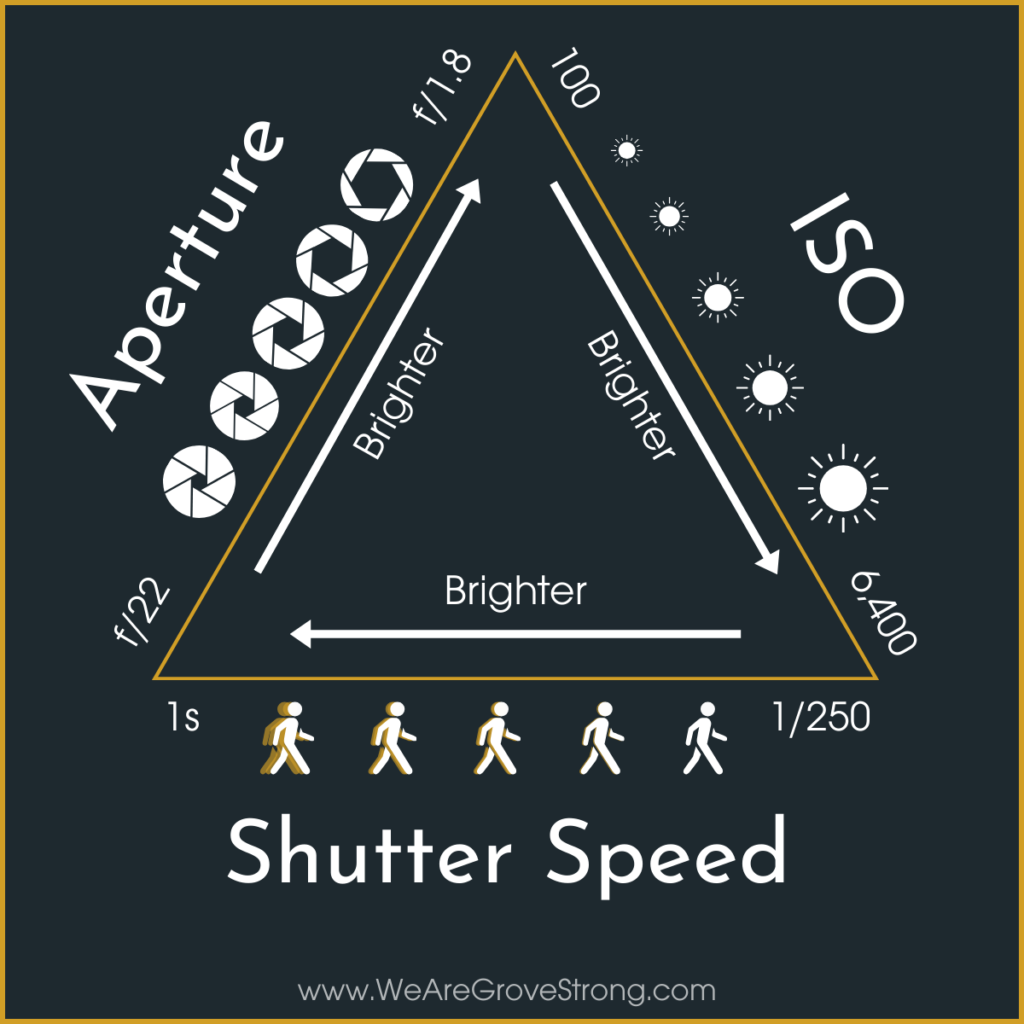Jul 3, 2024
The Basics of Exposure in Photography
Understanding exposure is fundamental to achieving well-balanced and visually appealing photographs. It refers to how light interacts with the camera sensor to create an image. Mastering exposure allows photographers to control brightness, contrast, and clarity, ensuring subjects are properly exposed and details are preserved
Aperture: Controlling Light and Depth of Field
Aperture controls the amount of light entering the camera through the lens. It is measured in f-stops, where lower numbers (e.g., f/2.8) indicate larger openings and higher numbers (e.g., f/16) denote smaller openings. A wider aperture (lower f-number) creates a shallow depth of field, blurring backgrounds and emphasizing subjects. Conversely, a smaller aperture (higher f-number) increases depth of field, keeping more of the image in focus. Thus, understanding aperture settings allows photographers to manipulate depth of field creatively and control light exposure effectively.
Shutter Speed: Freezing or Blurring Motion
Shutter speed determines the duration the camera shutter remains open, exposing the camera sensor to light. Faster shutter speeds (e.g., 1/1000 second) freeze motion, capturing sharp details in fast-moving subjects like sports or wildlife photography. Slower shutter speeds (e.g., 1/30 second) blur motion, creating artistic effects such as motion blur in waterfalls or light trails in night photography. Therefore, mastering shutter speed enables photographers to capture dynamic action or convey a sense of motion creatively.

The Basics of Exposure in Photography
ISO Sensitivity: Adapting to Different Lighting Conditions
ISO measures the camera sensor’s sensitivity to light. Lower ISO values (e.g., ISO 100) are ideal for bright conditions, producing images with minimal noise and optimal color accuracy. Higher ISO values (e.g., ISO 1600 or higher) increase sensor sensitivity, allowing photography in low-light environments but may introduce grain or noise. Moreover, modern cameras offer extended ISO ranges with improved noise reduction capabilities, balancing image quality and exposure flexibility. Hence, adjusting ISO sensitivity enables photographers to adapt to varying lighting conditions and achieve well-exposed images with minimal noise.
Exposure Triangle: Balancing Aperture, Shutter Speed, and ISO
The exposure triangle illustrates the relationship between aperture, shutter speed, and ISO sensitivity in achieving proper exposure. Balancing these elements ensures optimal light capture while maintaining desired creative effects. For example, increasing aperture size (wider opening) requires faster shutter speed or lower ISO to prevent overexposure. Conversely, smaller apertures (narrow opening) necessitate slower shutter speeds or higher ISO for adequate light exposure. Therefore, understanding the exposure triangle empowers photographers to adjust settings intuitively, adapt to changing conditions, and achieve consistent exposure across different shooting scenarios.
Conclusion
Mastering exposure in photography involves understanding aperture, shutter speed, ISO sensitivity, and their interplay within the exposure triangle. By manipulating these settings creatively, photographers control light exposure, depth of field, and motion effects, enhancing visual storytelling and capturing moments with precision and clarity. Continuous practice, experimentation, and familiarity with camera capabilities enable photographers to refine their exposure skills, adapt to diverse shooting conditions, and elevate their craft in achieving impactful and well-exposed photographs.
More Details